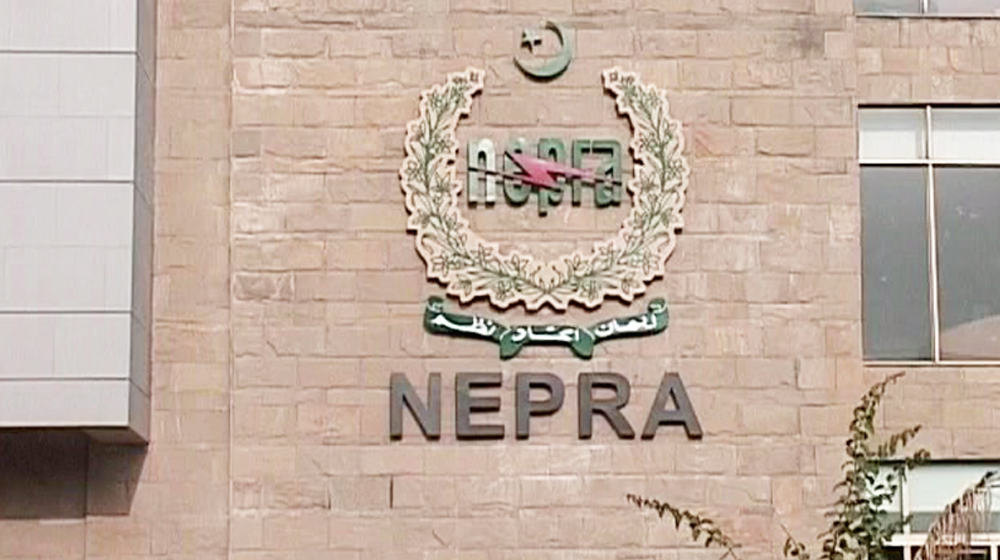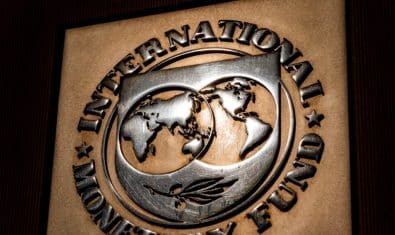National Electric Power Regulatory Authority (NEPRA) has returned the 27-year Integrated Generation Capacity Expansion Plan (IGCEP 2020-2047) to the National Transmission & Despatch Company (NTDC), a corporate entity of the Energy Ministry’s power division.
According to details, NEPRA has directed NTDC to reconsider the IGCEP 2020-2047 and seek approval from the federal government based on the preferred fuel mix and shares of all provinces.
ALSO READ
PIA Will Appeal to European Flight Safety Agency to Lift The Ban
NEPRA has also asked NTDC to include around two dozen renewable power plants with a collective generation capacity of 1,600 MWs and several old thermal power plants in the revised IGCEP 2020-2047 while suggesting to consider capacity addition on the basis of least cost of energy.
Surprisingly, NEPRA’s directives contradict Alternative & Renewable Energy Policy (AREP) 2020, devised under the constitution and acts of parliament, which was approved by the Council of Common Interests (CCI).
Under AREP 2020, from now onwards, all power induction will be completed through an open competitive bidding process for the lowest tariff in order to provide relief to the end consumers.
It must be noted that IGCEP 2020-2047 was developed under Grid Code, a subordinate legal order as required by the energy policy approved and introduced by the government under the constitution and acts of parliament.
ALSO READ
Ministry of Petroleum to Auction 20 New E&P Blocks in September
Moreover, NEPRA has imposed a 75% quota for government-to-government, China-Pakistan Economic Corridor (CPEC), public sector, nuclear, hydropower, and its recommended projects, leaving just 25% for the competitive electricity market.
NEPRA has also asked NTDC to clearly define the criteria for the least cost option and strategic and committed projects, including those recommended by the regulator itself.
The regulator has also directed NTDC to consider hydropower plants with feasibility reports compiled by provincial governments along with projects that have received generation license and tariff from NEPRA before the AREP 2020 was passed.
It has also asked NTDC to include projects under the government to government initiatives of the provincial government, the commercial operation dates of the projects for which bidding has already been held, and the letters of support issued by the Private Power & Infrastructure Board.
ALSO READ
All CPEC Job Ads Will Be Posted on the Official Website: Asim Bajwa
NEPRA has further ordered NTDC to ramp up efforts to reduce the open cycle generation turbines to address the intermittency of renewable energy by replacing them with hydropower, diesel gen-sets, gas turbines, wind, and solar power.
It has also directed NTDC to review projects that are nearing completion of their Power Purchase Agreement (PPA) terms but are imperative for the stability of the system such as the Habibullah Coastal project which is deemed essential for Quetta city and adjoining areas.
The regulator has also asked NTDC not to insert any additional constraints except the existing ones in the revised IGCEP 2020-2047 to determine the supply-demand situation. It also ordered NTDC to consider the latest cost estimates by taking into account the devaluation and lower power demand under the International Monetary Fund (IMF) lower economic forecast.
NEPRA has also directed NTDC to develop and include a 2% Loss of Load Probability LOLP (about seven days of annual load shedding) in the revised IGCEP 2020-2047 against the 1pc LOLP (about 3 days of annual load shedding).
ALSO READ
Laborers Will Now Get Rs. 200,000 Grant for Daughters’ Marriage
It also questioned the 35% capacity factor, resulting in higher tariffs for end consumers. The regulator has ordered NTDC to adopt a capacity factor of 40%, 45%, or 50% in the revised IGCEP 2020-2047.
NEPRA has also asked NTDC to reevaluate the wind power projects approved to be constructed in the north and middle of Pakistan because the maximum potential for wind power projects exist in south and southwest Pakistan, as per a locational study for renewable energies carried out by the World Bank.
Lastly, the regulator has directed NTDC to critically review the impact of future power generation on the basket tariff after taking input from the Central Power Purchasing Agency in the revised IGCEP 2020-2047.
NEPRA has argued that it is the mandate of federal and the provincial governments to determine the generation on the basis of future growth trajectory and forecasts, the affordability of cost of generation, regional development, replacement of thermal generation with renewables as baseload (with storage), and share of provinces.
Via: Dawn


























